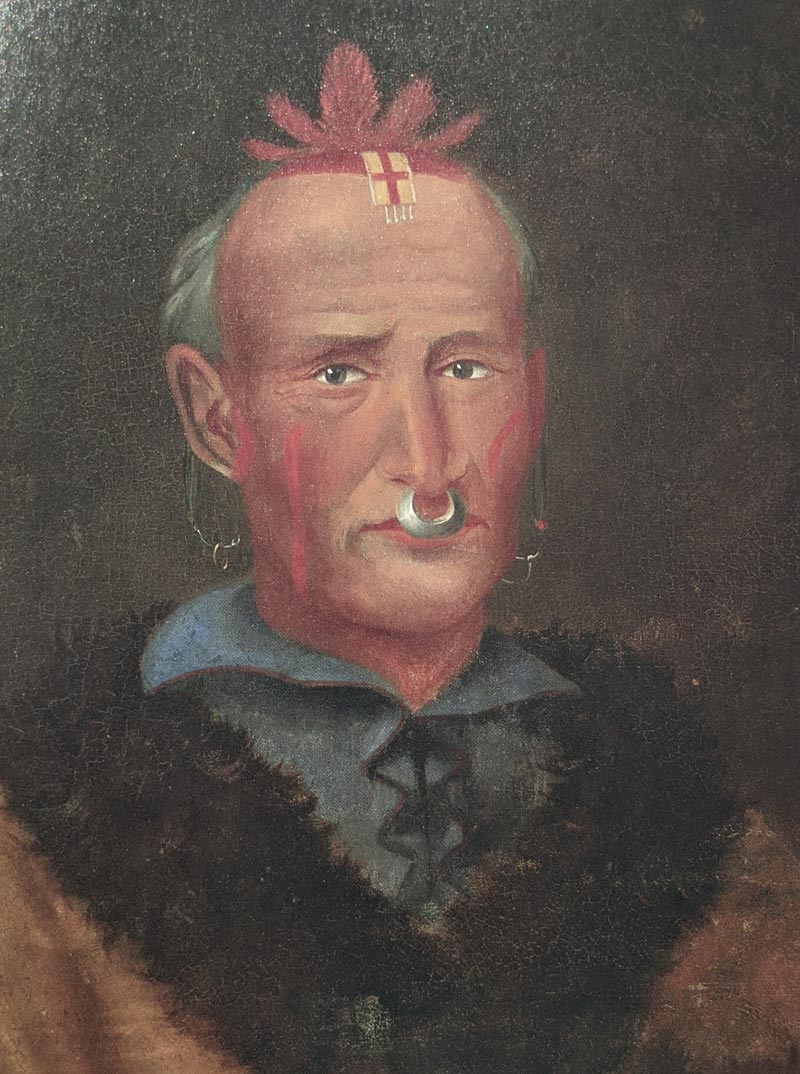The Strokestown Park Famine Archive contains one of the most important collections of documents about the Great Irish Famine in the world.
The archive reveals a vivid insight into the lives of the people who lived and worked here through individual stories and first-hand accounts. Many long-forgotten men, women, and children live on through these documents. Together, they shed light on the power structures, and the social and political relationships, that shaped 19th-century Irish society and its response to the famine crisis.
Discover some of the most poignant records in the Treasures of the Strokestown Park Famine Archive virtual exhibition and view documents from the archive in our National Famine Museum.
Treasures of the Strokestown Famine Archive Virtual Exhibit
Discover some of the most poignant records in the Treasures of the Strokestown Park Famine Archive virtual exhibition and view documents from the archive in our National Famine Museum.
The Honouring Indigenous Aid Virtual Exhibit
Explore the Honouring Indigenous Aid virtual exhibit. Learn more about Anishinaabe, Haudenosaunee, and Huron-Wendat contributions to Irish Famine Relief in Canada West (now Ontario) and Choctaw and Cherokee contributions in Indian Territory (now Oklahoma) in 1847
What is in the Strokestown Park Famine Archive?
The Strokestown Park Famine Archive is an extraordinary repository of information about the people, across all walks of life, whose lives – lived in parallel – were irrevocably changed by the famine.
Within the archive are the names and stories of the tenants, cottiers, and labourers, the gentry, overseers and middlemen, the craftsmen and traders, whose lives revolved around and depended upon the estate.
Remarkably, the Strokestown Park Famine Archive also contains a rare 19th-century photographic collection, made up of glass-plate negatives, which has been conserved and professionally digitised. A selection of these have been reproduced for our permanent Victorian Darkroom Exhibit.

Strokestown’s 1,490
The archive reveals the stories of the 1,490 men, women and children who were forced to emigrate from Strokestown in 1847. Their journey is commemorated in the National Famine Way and the Great Famine Voices project.
The Strokestown Park Famine Archive virtual exhibition.

How Were Strokestown Park’s Famine Documents Discovered?
While many of the papers from the Strokestown Park Estate were
transferred to the National Library of Ireland by Olive Hales Pakenham Mahon in the late 1940s, the famine-era papers remained at Strokestown Park and were found by chance as the new owner, Jim Callery, sifted through the house’s contents in 1979.
Caring for the Strokestown Park Famine Archive
In 2018, an International Advisory Committee was appointed to advise on the future of the Archive and in 2019 a full-time professional archivist was appointed. Since then, the collection has been rehoused and catalogued and important documents digitised.
Through the new Famine Museum, archive-based events and online exhibitions we aim to make the archive more accessible to researchers, so that it can fulfil its potential as an invaluable world-class scholarly resource.
For more information on the collection and our digital resources contact the Strokestown Park archivist at Email address info@strokestownpark.ie
“The Strokestown Park Famine Archive is becoming not only a repository of vital importance to historians of the Great Hunger and the Irish estate system but also a very user-friendly facility. It is a welcoming research environment for scholars across the globe.”
Professor of History, University of Toronto, Canada.






